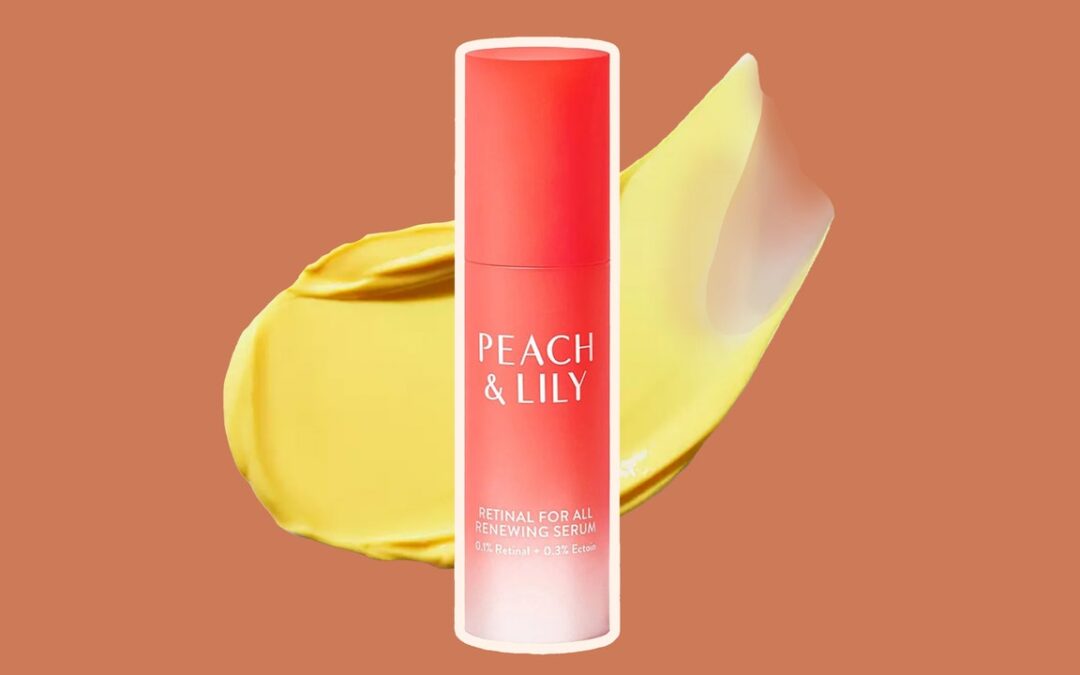On the other hand, there are also a group of retinyl esters that are gentler on the skin, but less effective. “Products that are designed for sensitive skin typically have retinyl palmitate (a type of pro-retinol,) but because it has to be converted to retinol before it becomes retinoic acid (the active form), it is not as potent as retinol,” Dr. Kim explains.
What concentrations do you recommend for patients just starting out with retinoids?
Even for beginners, there’s no one correct dosage. “If they have sensitive skin, I typically start them on 0.25 percent and have them use it twice a week,” Dr. Kim recommends. “If they have regular skin, I start them on 0.5 percent twice weekly, and if they have really oily skin, I typically start them on a prescription retinoic acid twice weekly right away.”
In terms of incorporating retinoids into your serums versus creams, it’s up to your personal preferences. However, some dermatologists, including Dr. Chang, prefer retinol serums followed by a soothing moisturizer to minimize any potential side effects such as irritation, dry skin, or flaking.
What active ingredients should be avoided when using retinol?
Dr. Kim cautions against using any exfoliating acids, including AHA (glycolic acid, lactic acid), BHA (salicylic acid), and PHA, as they can further irritate the skin. However, if you’d like to incorporate both without causing irritation and inflammation, try alternating days between the two types of formulations.
What cannot be avoided, at all costs, is sunscreen. Even though you should be wearing sunscreen with SPF 30 or higher every single day (rain or shine; indoors or outdoors), retinol “makes your skin more easily prone to burning,” as Dr. Chang noted.
How often should you be using a retinol serum?
In an ideal world, every day, according to Dr. Kim. But for those who can’t, he recommends two to three times a week. “For patients trying to improve and target hyperpigmentation, I have them alternate gentle acids and retinol every other day.”
If you have sensitive skin, try the dermatologist-approved sandwiching technique. All it takes is a layer of moisturizer before and after your retinol of choice to soften the blow, so to speak. And fret not: “Studies have shown that this base layer of moisturizer does not dilute or reduce the efficacy of the retinoid, but instead helps with tolerability,” says New York City-based board-certified dermatologist Shari Marchbein, MD.

